Volume is the measure of the space occupied by a three-dimensional object, calculated by multiplying its dimensions (length, width, and height) or using specific formulas based on the object’s shape.
Liters, cubic feet, gallons are just a few units of volume that we encounter every day.
Volume is probably one of the most common and important measurements we use in our daily lives.
It is a measurement of the space occupied by an object or substance such as gases or liquids.
It can also be defined as the capacity of an object. That is the amount that is required to fill an object.
We often use words like capacity interchangeably with volume.
Anything that occupies space therefore has a volume. We measure volume daily in order to carry out various tasks.
The following are examples of volume in real life.
1. Filling A Glass With Water
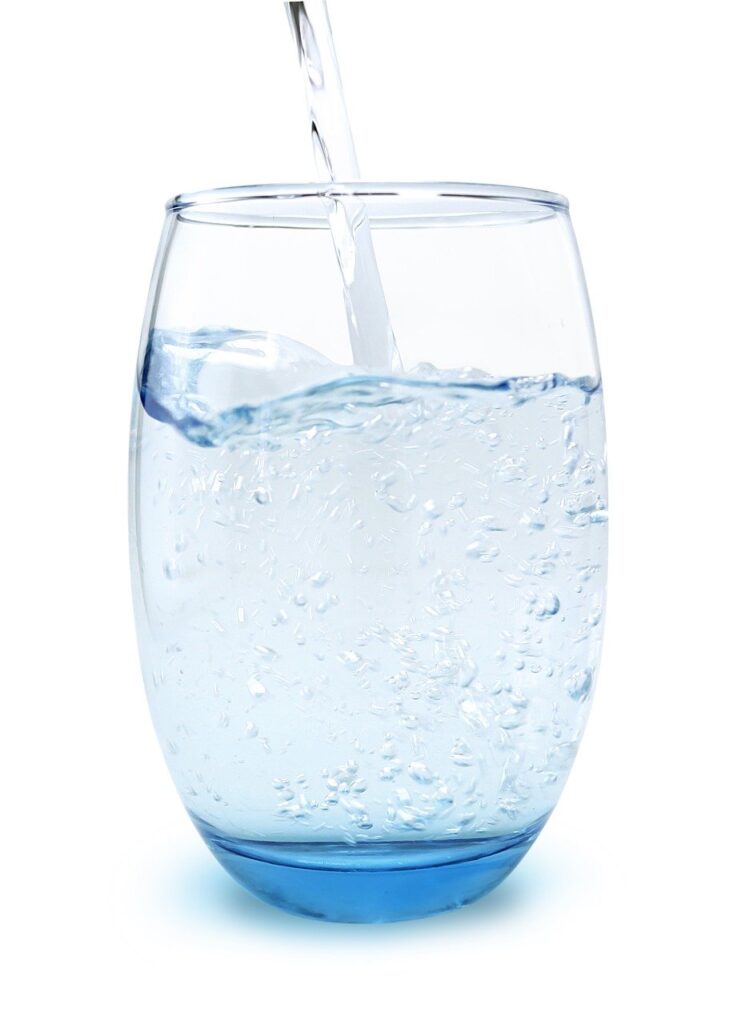
Hot day? Feeling a little thirsty? There’s nothing better than a cool glass of water.
The standard glass of water can hold up to 8 ounces of water. This is the volume of the glass.
If you’re feeling especially thirsty you may opt to use a larger glass that can hold a greater volume of water or drink multiple glasses of water.
2. Shopping For Beverages

There are various things you consider when buying beverages such as milk and juice. The volume and price are probably top on your list of priorities.
If you’re a savvy shopper (or working on a tight budget), you’ll want to get more milk or juice for your money.
You’ll therefore consider the volume in gallons or liters and determine whether it’s worth buying the beverage at that price.
3. Treating Swimming Pool Water

If you’re an athlete, you’re probably more concerned about the length of the pool than the volume of water in the pool.
If you’re cleaning or carrying out maintenance on the pool, the capacity of the pool is an important factor to consider.
You’ll want to ensure that you add the chemicals in the right amounts. This goes for hot tubs and other water features too.
4. Fueling Your Tank
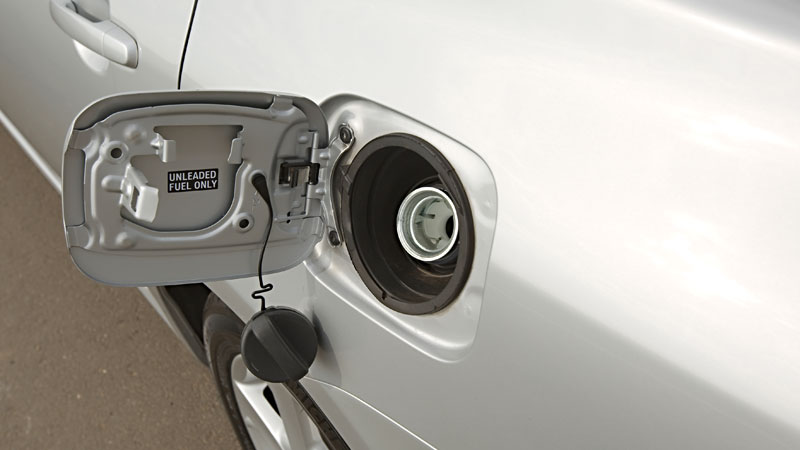
Road trips are great fun. That is until something goes wrong.
Ensuring your tank is full of gas is one way of ensuring that you get to your destination without problems.
You’d have to know the volume of gas that your tank can take in order to fill it up. This volume is given in liters or gallons.
5. Measuring Food
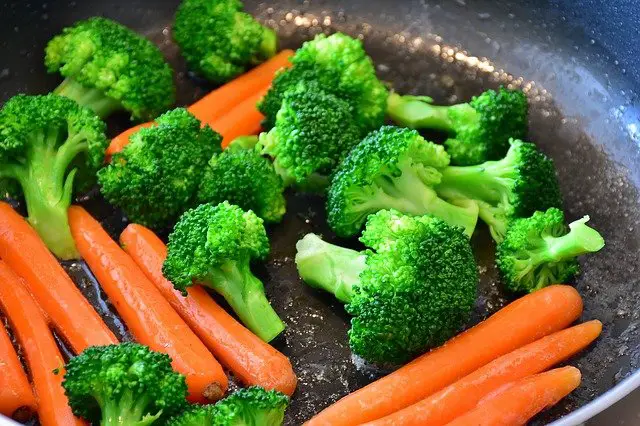
Preparing a meal often involves measuring ingredients.
If you’re using measuring cups, you’re relying on volume to add ingredients in the right amount.
For example, you may add 2 cups of water to a cup of rice to ensure that it cooks properly.
6. Measuring Milk Production Of Cows
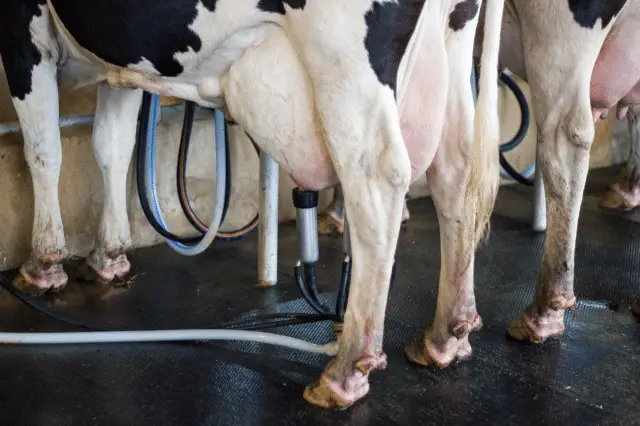
Farmers have to milk their cows daily. They may even milk them twice a day.
Farmers need to keep track of the level of production of their animals for profit.
They also use production information to determine what combination of feed is best for optimum production as well as to monitor the health of their animals.
For example, if a cow is known to be producing 6 gallons of milk a day and is now only producing 3 gallons, the farmer may have reason to believe the cow is sick.
7. Compressed Gas In A Cylinder
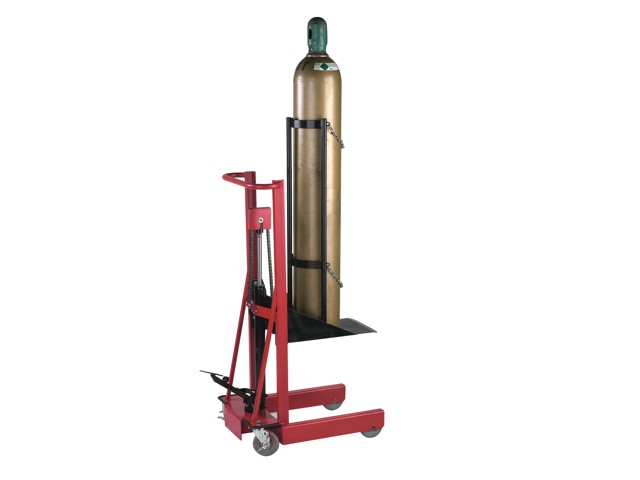
Gas used for powering vehicles such as forklifts or cooking can be contained in a gas cylinder. These cylinders vary in size and the volume of gas they can hold.
The volume of gas in a cylinder is often measured in liters.
8. Measuring Water Consumption
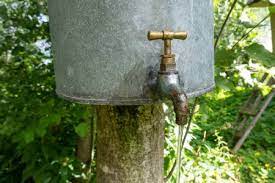
If you live in a home with running water, you probably receive a water bill every month.
This water bill outlines the volume of water you have used in gallons and how much you owe the water supply company.
If you’re working on reducing your consumption of water, you will want to pay close attention to the volume of water you use.
9. Moving
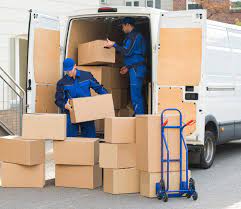
If you’re moving house, you will apply volume to ensure that you can move all your belongings safely.
You will need to consider the volume of the boxes you are using to ensure they can fit the items you want to pack in them.
Moving companies often charge per load. The load is measured based on the capacity of the truck’s bed which is given in cubic liters.
10. Construction
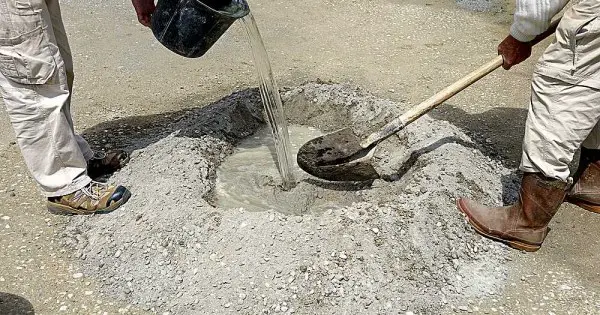
If you are constructing a concrete slab, you would need to determine the volume of concrete you would need before you place an order for concrete.
Companies often charge per truckload which is given based on the volume of the concrete the mixer truck can carry. This is measured in cubic yards.
Measuring volume is important for many of our daily tasks. It is also important for making our lives safer and better.
Related Post: 8 Real Life Examples of Surface Area

